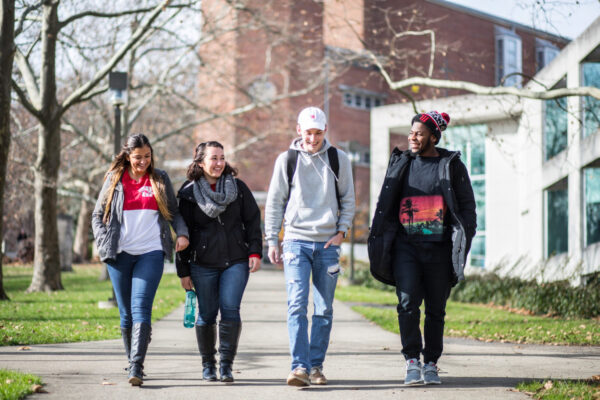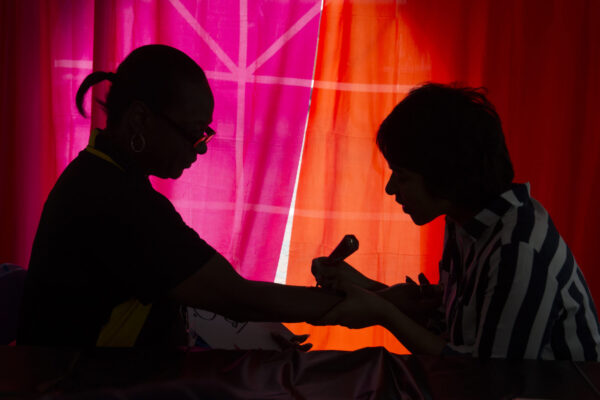Staying on Track While Giving Back: The Cost of Student Loan Servicing Breakdowns for People Serving Their Communities
Source: The Consumer Financial Protection Bureau
A new report from the Consumer Financial Protection Bureau highlights several issues that student loan borrowers face, particularly those who have applied for relief under the Public Service Loan Forgiveness Program (PSLF). These borrowers include active duty service members, teachers, nurses and other people pursuing careers in the public sector.
Over the past year, the Bureau witnessed a 325 percent increase to 21,200 student loan and debt collection complaints from all borrowers, but especially from students using the largest student loan servicers. The concerns are especially problematic for workers under PSLF, who after 10 years were supposed to first qualify for loan relief in October 2017.
As a result of the problems, hundreds of public service workers have been improperly delayed, deferred or denied access to their loan relief. These complaints include issues with payment processing, billing, customer service, borrower communications and income-driven repayment plan enrollment, which sometimes leads to borrowers making unnecessary payments on their loans.
In response to these concerns, the Bureau proposes several policy recommendations. It advocates that loan servicers need earlier and clearer communication with borrowers. However, in the event that borrowers are denied their rights to debt relief, they recommend that additional flexibility, among other measures, may be necessary to protect them from undue financial burden.
Read the full report here.
If you have any questions or comments about this blog post, please contact us.


